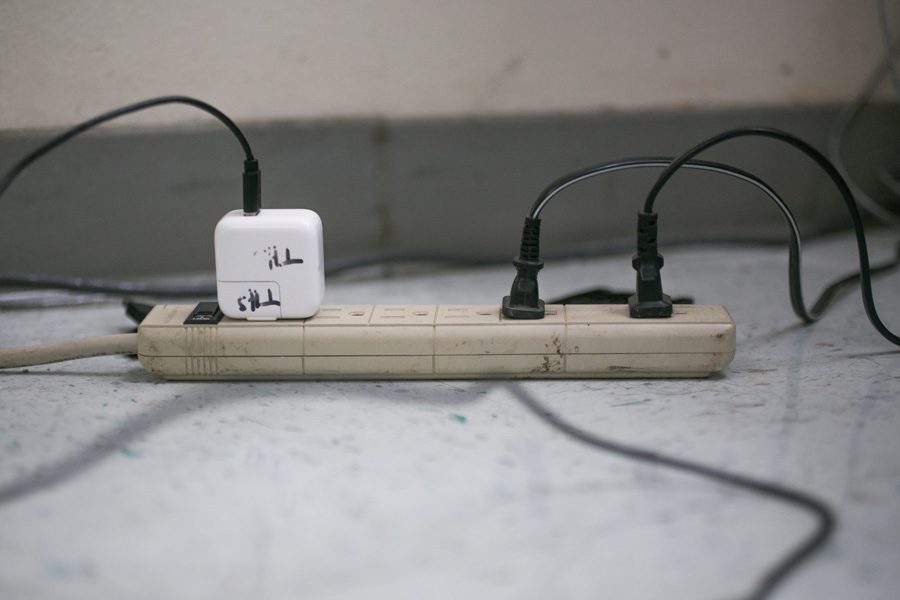When lightning strikes
Local power outages spark questions about future scenarios
Photo by Madeline Parish
May 9, 2017
Texarkana searched for answers after electrical failures crippled the community on April 18 and 26.
These recent power outages on campus and throughout the city have prompted concerns among students about what would happen in the case of a major power outage during school hours.
“First of all, our top priority as administrators is to ensure the safety of our students,” principal Brad Bailey said. “The classrooms that have light would continue to operate while classrooms with no light would be relocated. However, depending on the severity and the time of day of the outage, we would have to make a decision on whether or not to dismiss school early.”
Not only are students concerned, but administrators and parents are worried about possible monetary repercussions that could occur due to an early dismissal prompted by a power outage.
“Usually we would try to have at least a four hour school day so that state funds would not be held from us for the lack of attendance,” Bailey said. “If we had to dismiss a school day that was shorter than four hours, we would apply for a waiver from the Texas Education Agency to try and still receive those state funds.”
Not only could money be lost by attendance issues, but electrical appliances on campus that do not have a surge protector are also vulnerable to power outages. Sudden surges of power could handicap computers and could even destroy some appliances which could costs thousands to repair.
“Sometimes batteries and switches could blow after a surge of power,” Bailey said. “During the first power outage, two switches blew and it cost [the school] $10,000 to repair them. Hopefully, we have less and less outages so the costs do not jeopardize our budget and our school activities.”
The power outage on April 18 was apparently caused by an unknown electrical failure in a substation owned by SWEPCO. A second outage on April 26 was due to a transformer blowing out. Many believe that these small failures show how fragile the electrical grid is in Northeast Texas.
“The top five are things like trees or their branches falling, lightning, vehicle accidents, animals getting into the equipment or equipment malfunctions and failures,” SWEPCO Corporate Communications Official Scott McCloud said. “Our priority is to get the power back on, [and] safety is always first.”
SWEPCO announced two days after the second power grid that the company had previous plans to begin a $23 million project to upgrade the local grid starting in early 2018. It would upgrade existing equipment and convert the wooden electric poles to steel.















